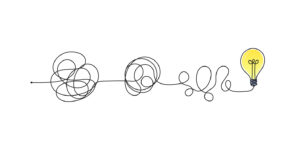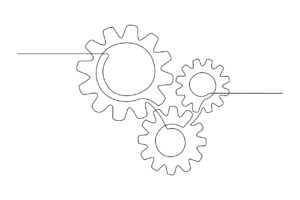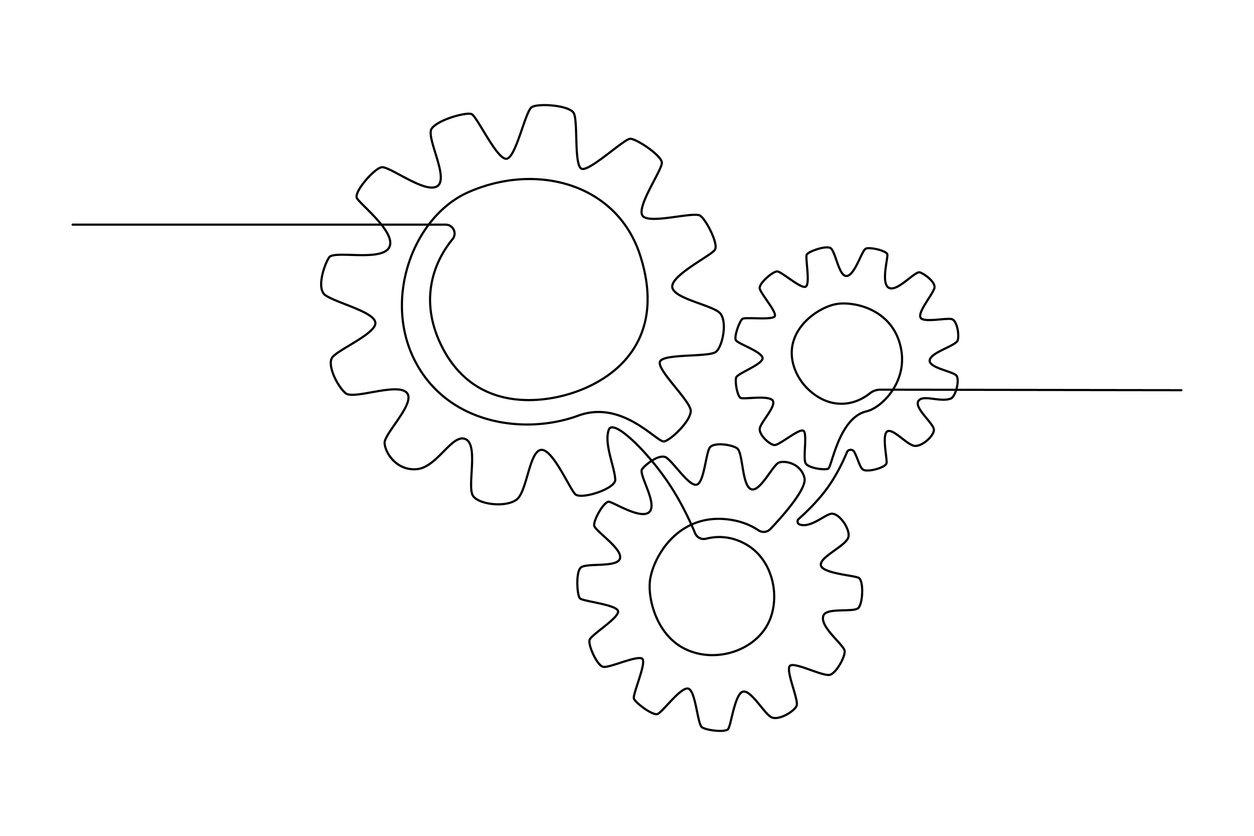For most people seeking psychotherapy, there are many questions that come up for discussion. But increasingly today, right at the beginning psychotherapists receive this request:
I’d like to find some effective tools and coping strategies to manage … (fill in the slot here: anxiety, overwhelming feelings, depressive thoughts, self harm).
There’s nothing wrong with this: it makes sense to want a problem to go away. We all want to find solutions to our problems, which is why Dr Google exists, as well as us therapists (and doctors). But these requests are at times accompanied by unwarranted self-blame for things that were already tried but didn’t work (‘maybe I didn’t try hard enough‘). Or perhaps the right solution / diagnosis / tool / therapist hasn’t been found yet, an equally painful, dissatisfied feeling.
Psychotherapists do offer strategies. Some are taken up when the time feels right. Some are abandoned when they don’t make sense in a particular treatment. Some work better than others. Some fit one patient but not another. I often prefer to call them suggestions, thoughts or ideas. Tools and practical strategies, as well as a solid diagnostic formulation, are especially useful within focused short term therapy. They can also be an integral part of therapy focusing on developmental support where a lot of scaffolding is needed: for example when there has been abuse, neglect, or years of trauma, as described in Anne Hurry’s brilliant book ‘Psychoanalysis and developmental therapy’.
There is widespread confusion regarding the differences between what ‘psychotherapy’ is versus what ‘skills based therapies’ entail (targeting a symptom with strategies). At times the two are unhelpfully mixed up; but equally, there can be a problem on the other end, with a black and white reductionist belief that ‘true psychotherapy’ means no strategies or advice given ever.
What do we mean by ‘tools’?
The dictionary definition of tool is ‘a piece of equipment that you use with your hands to make or repair something’ or – more generally – ‘something that helps you to do a particular activity’. Notably, a ‘tool’ is meant to be separate to the individual, an instrument to accomplish a task mechanistically, detached from relational or contextual factors.
Similarly to diagnosis, a tool can be useful … when it’s useful! That is, when the person using the tool or pursuing the diagnosis knows that this is one way to think of what’s going on, but not the only way. Tools, strategies and a good diagnostic formulation can help, but they don’t take us all the way. It feels depressing how often, today, diagnostic categories and tools are imagined as ‘distinct things in the world’ offering magical answers. Nancy McWilliams, who has written extensively about diagnosis and who defends its usefulness (with caveats), has this to say:
I want to comment on a subtle social effect of categorical diagnosis: It may contribute to a form of self-estrangement, a reification of self-states for which one implicitly disowns responsibility: “I have social phobia” is a more alienated, less self-inhabited way of saying “I am a painfully shy person.
What do we expect tools to do?
Much depends on what we expect a ‘tool’ to do. Sometimes expectations are entirely unrealistic: in our online-focused world, there are too many (rather than too few) solutions, strategies and tools, about everything under the sun. Any search on the internet soon becomes dizzying, generating an impression of excess and ‘too muchness’. From the mundane (how to make lasagne without a recipe , an effective way to take notes or 7 smart ways to organise your kitchen), to the serious (how to minimize pancreatic cancer risk); from nudges to exercise (how to get fit in a few minutes a day) to the unattainably aspirational (100 tiny changes to transform your life).
The field of mental health is especially saturated online, with both information and possible solutions; but paradoxically mental health problems nowadays are skyrocketing. We seem to be “suffering from hunger in a world of plenty”.
This can lead young people sometimes to the frustrating feeling that they are ‘failing at wellness’, as psychologist Lisa Damour has observed, as surely answers can be found if only one tries hard enough.
The truth is that the more options we have of how to solve a problem, the less time we leave for reflection on what the problem is.
Defining a problem
Defining a problem can take a long time. Allowing that process to unfold, to take the time it needs, can often lead organically to solutions emerging. So often the best ‘tool’ is simply to listen carefully and take the time to explore in detail what the problem is; because it’s often true that the problem for which a strategy is required is not the problem at all.

Sometimes there are good reasons a psychotherapist chooses to avoid advice-giving and specific strategies, preferring instead for the client to generate their own solutions. One example is when a therapist finds that they’re regularly becoming the ‘active one’, only for the patient to retreat into passivity. As psychiatrist Nicolas Badre recently noted on Twitter:
But tools do exist and can help: sometimes. It’s the unrealistic expectations of what tools and strategies can do that’s the problem, not the tools and strategies (or ideas, or thoughts) themselves that have limited power on their own.

Really appreciate the nuance of your article Maria – a timely read for me!
Thank you Abby!